Fundamentals of Communication
Aperçu des sections
-

All Moodle module images created cc-by Elizabeth Batte on Canva (2022).
Welcome to CCOM 1103: Fundamentals of Communication!
Course Introduction
Fundamentals of Communication is an introductory course that surveys the diverse areas of communication as a field of study. The course focuses on the actual uses, processes, and socio-cultural importance of verbal and non-verbal communication. The course serves an important role as an introduction to various aspects of speech communication, including theories and definitions of communication interactions such as: interpersonal, professional, small group, and public speaking. Because this course spans the wide umbrella of speech communication interests, students will encounter varying types of communication exercises, both oral and written.
You can look forward to an informative and engaging course where you will learn to find your voice and to express your opinions and priorities in a well-reasoned manner. Assignments are expected to be turned in on time and in accordance with the specifications given for each assignment. Please take some time to read all of the information that has been provided in this course shell on Moodle. I am committed to your success and excited about working with each of you this semester.
Upon successful completion of this course, the student will be able to:
• Describe theories and concepts of communication and culture.
• Apply vital critical thinking skills through practices of speaking, writing, and interpersonal interaction.
• Practice strategies for overcoming common barriers to communication.
• Engage in communication for justice, equity, diversity, and inclusion.
Navigating the Course
Adopting institution should provide learners information on how to navigate the course. Consider adding an introductory navigation video. Text description could include, for example:
This course is set up in Modules covering various topics which may be accessed from the course navigation menu on the left or by scrolling below. Modules may be collapsed in the menu and it the body of the course to minimize scrolling. Each module includes the relevant chapters followed by various activities, which may include discussion forums, listening activities and quizzes, practice quizzes, module tests, and other relevant activities as appropriate for each module. Many items are required and may be marked as completed automatically when the activity has been submitted (the broken check box), but others will marked as done by the student (the solid check box).Please move through the items below and continue through the Learner Support and Getting Started modules before moving on to Module 1. Be sure to check for announcements and due dates to stay on track.
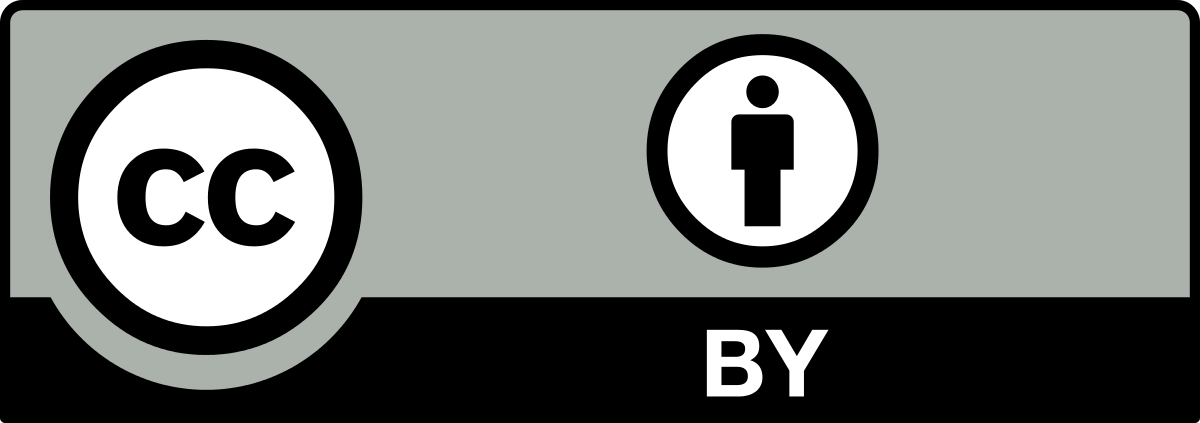 This course and its contents are licensed under a Creative Commons Attribution 4.0 International License by LOUIS: The Louisiana Library Network, except where otherwise noted.
This course and its contents are licensed under a Creative Commons Attribution 4.0 International License by LOUIS: The Louisiana Library Network, except where otherwise noted. -
This module contains all the items you should review and complete before you begin Module 1. Before moving on, be sure to:
- Check the News and Announcements Forum
- Read the Course Syllabus
- Introduce yourself to the class
- Read the instructions for the Q & A Forum
Good luck in the course!-
This forum contains general news and announcements. You can find all announcements listed in the "Latest News" block in Course Tools within this course or on your My Courses page.
-
Use this forum to tell us a little about yourself and your interests. Some topic ideas:
- What is your field of study/research interest or concentration?
- What are you most interested in learning about in this class and why?
- Have you ever taken an online class before?
- Any other information you would like to share with your classmates, such as special interests or activities.
Post a picture! We look forward to meeting you.
-
Use this forum to ask your instructor any questions you have about the course. You may post at any time, and your instructor will respond here. Be as specific as possible.
Please keep in mind that others can see your posts, so do not post any personal information. If you have questions about your grade, please email your instructor directly. You can expect a response to posts and emails within [X] hours. [Recommendation is 24 hours M-F, next business day on weekends.]
Subscription should be set to Auto.
- Check the News and Announcements Forum
-
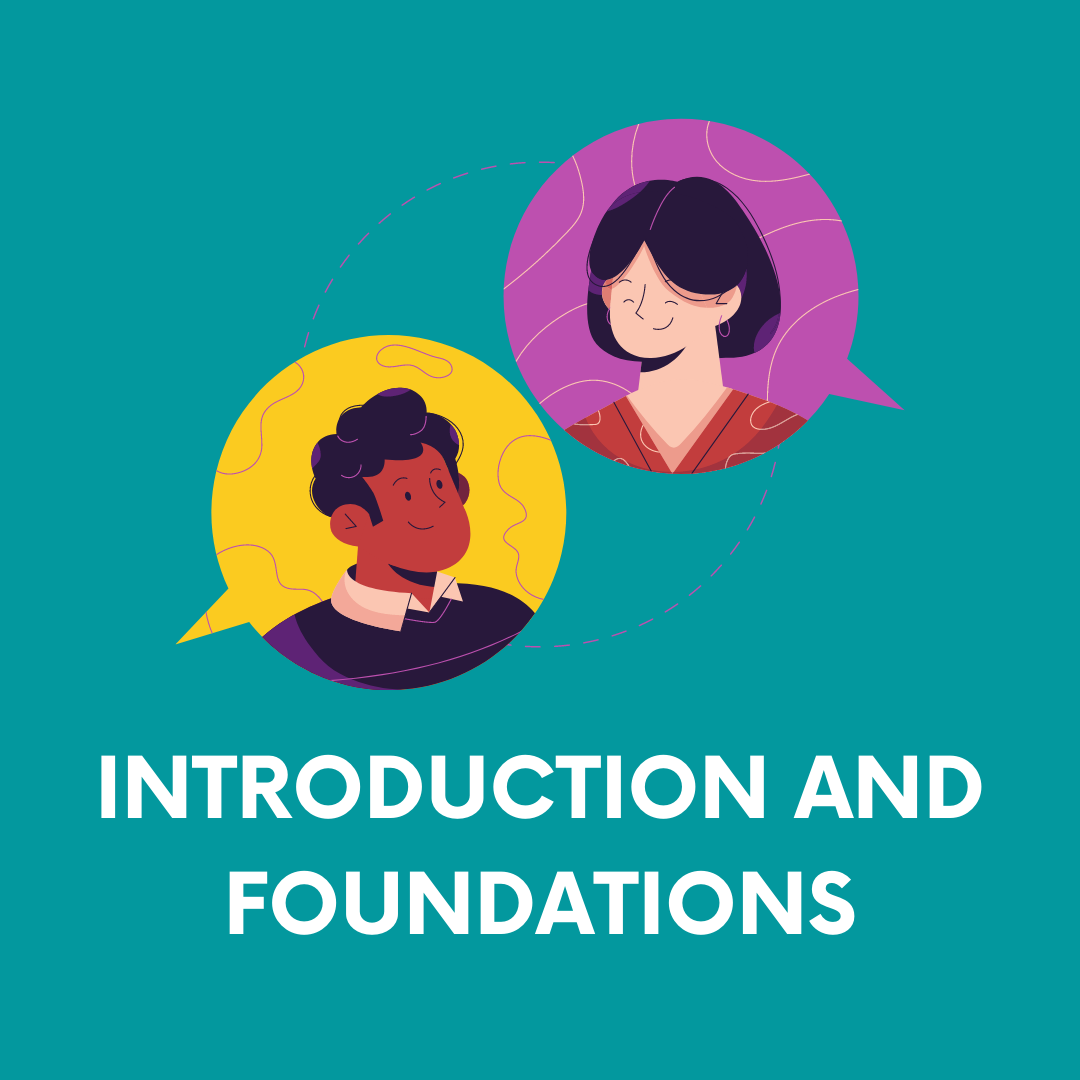
In this module, we will cover Chapter 1: The Foundations of Communication. This module begins a vital conversation about human communication and will serve as an introduction to this course. You will learn the definition of communication and why it is vital for all students to understand how to become better communicators. The strengthening of communication skills will provide immediate value in all daily interactions and better prepare one to enter any field or discipline of work or study.
Upon completion of this module, you will be able to:-
- SLO 1: Describe theories and concepts of communication and culture
- Read the Module 1 Introduction
- Read and view the materials in the Module 1 Pressbooks book
- Read Chapter 1 in Process of Communication.
- Complete the quiz and discussion forum.
After reading this chapter, you should be able to:
- Explain communication studies
- Define communication
- Explain the Linear and Transactional Models of Communication
- Discuss the benefits of studying communication
Note the checkboxes to the right that help you track your progress: some are automatic, and some are manual.
Module Pressbooks Resources and Activities
You will find the following resources and activities in this module on the Pressbooks website. Click on the links below to access or complete each item.
-
Écrire des messages de forum : 1
-
-
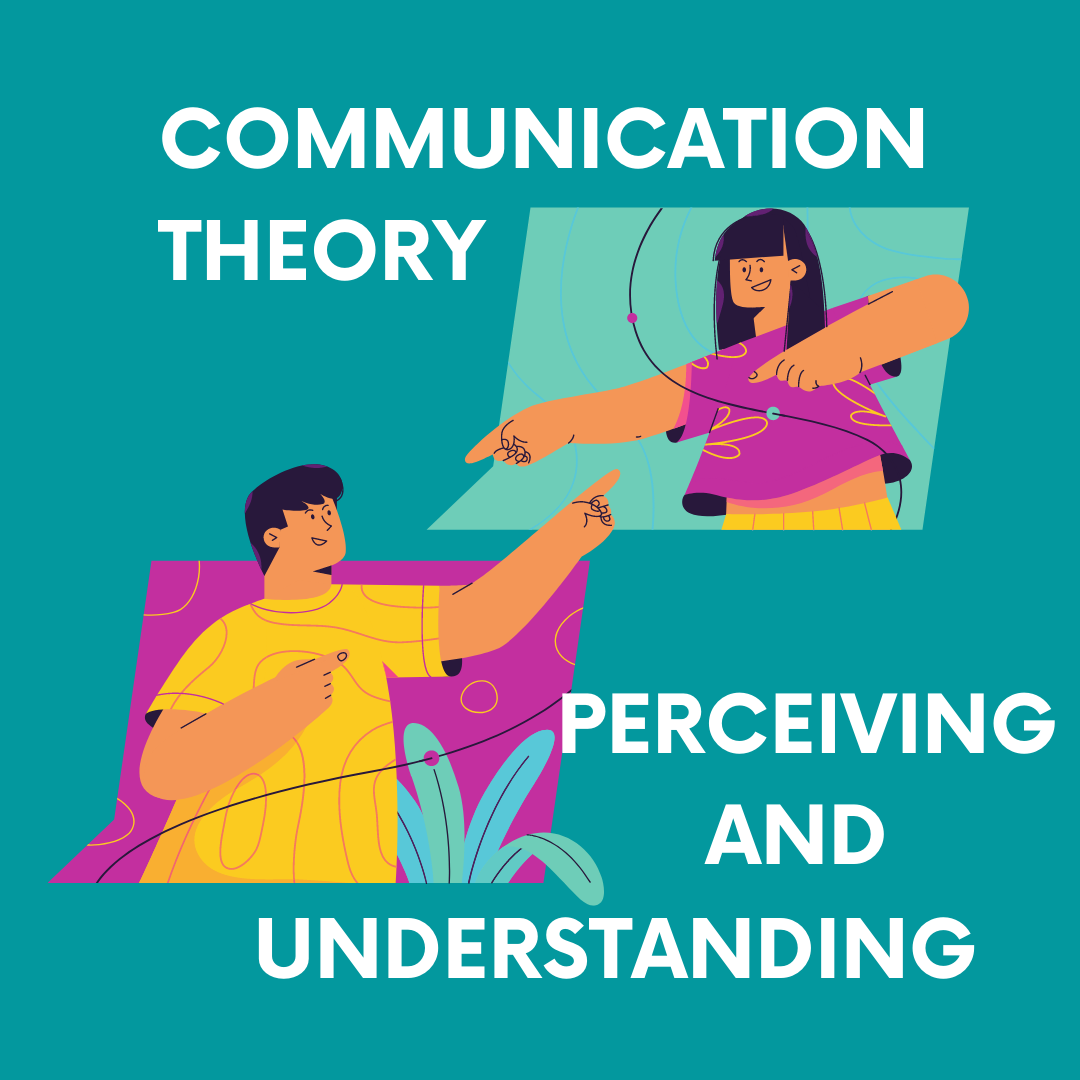
In this module, we'll cover Chapters 2 and 3. Chapter 2 explains the perception process, how we perceive others, how we perceive and present ourselves, and how we can improve our perceptions. Chapter 3 will introduce you to communication theories, their functions, how we evaluate them, and the five major theoretical paradigms shaping communication study today. You’ll ultimately discover just how important communication theory is to your everyday life.
Upon completion of this module, you will be able to:- SLO1: Describe theories and concepts of communication and culture.
- SLO3: Practice strategies for overcoming common barriers to communication.
- SLO4: Engage in communication for justice, equity, diversity, and inclusion.
To achieve these objectives:
- Read the Module 2 Introduction
- Read and view the materials in the Module 2 Pressbooks book
- Read Chapters 2 and 3 in Process of Communication
- Complete the assignment and discussion forum.
Module Pressbooks Resources and Activities
You will find the following resources and activities in this module at the Pressbooks website. Click on the links below to access or complete each item.
-
Écrire des réponses : 1 Écrire des messages de forum : 1
-

In this module, we will cover Chapters 4 & 5 as we begin to study verbal and nonverbal communication. First, we will discuss verbal communication and what makes our spoken messages stand out from the written word. Following, we discuss nonverbal communication, the form of communication that we often plan and think about the least but has an incredible amount of value.
Upon completion of this module, you will be able to:-
- SLO 1: Describe theories and concepts of communication and culture
- SLO 2: Apply vital critical thinking skills through practices of speaking, writing, and interpersonal interaction.
- SLO 3: Practice strategies for overcoming common barriers to communication.
- SLO 1: Describe theories and concepts of communication and culture
To achieve these objectives:
- Read the Module 3 Introduction
- Read and view the materials in the Module Pressbooks book
- Read Chapters 4 & 5 in Process of Communication.
- Complete the quiz and discussion forum.
After reading these chapters, you should be able to:
- Define verbal communication and explain its main characteristics.
- Understand the three qualities of symbols.
- Describe the rules governing verbal communication.
- Explain the differences between written and spoken communication.
- Describe the functions of verbal communication.
- Define nonverbal communication and explain its main characteristics.
- Understand the three qualities of symbols.
- Describe the rules governing nonverbal communication.
- Explain the differences between written and spoken communication.
- Describe the functions of nonverbal communication.
Module Pressbooks Resources and Activities
You will find the following resources and activities in this module at the Pressbooks website. Click on the links below to access or complete each item.
-
Chapter 4: Verbal Communication
-
Chapter 5: Nonverbal Communication
-
Écrire des réponses : 1 Écrire des messages de forum : 1
-
-
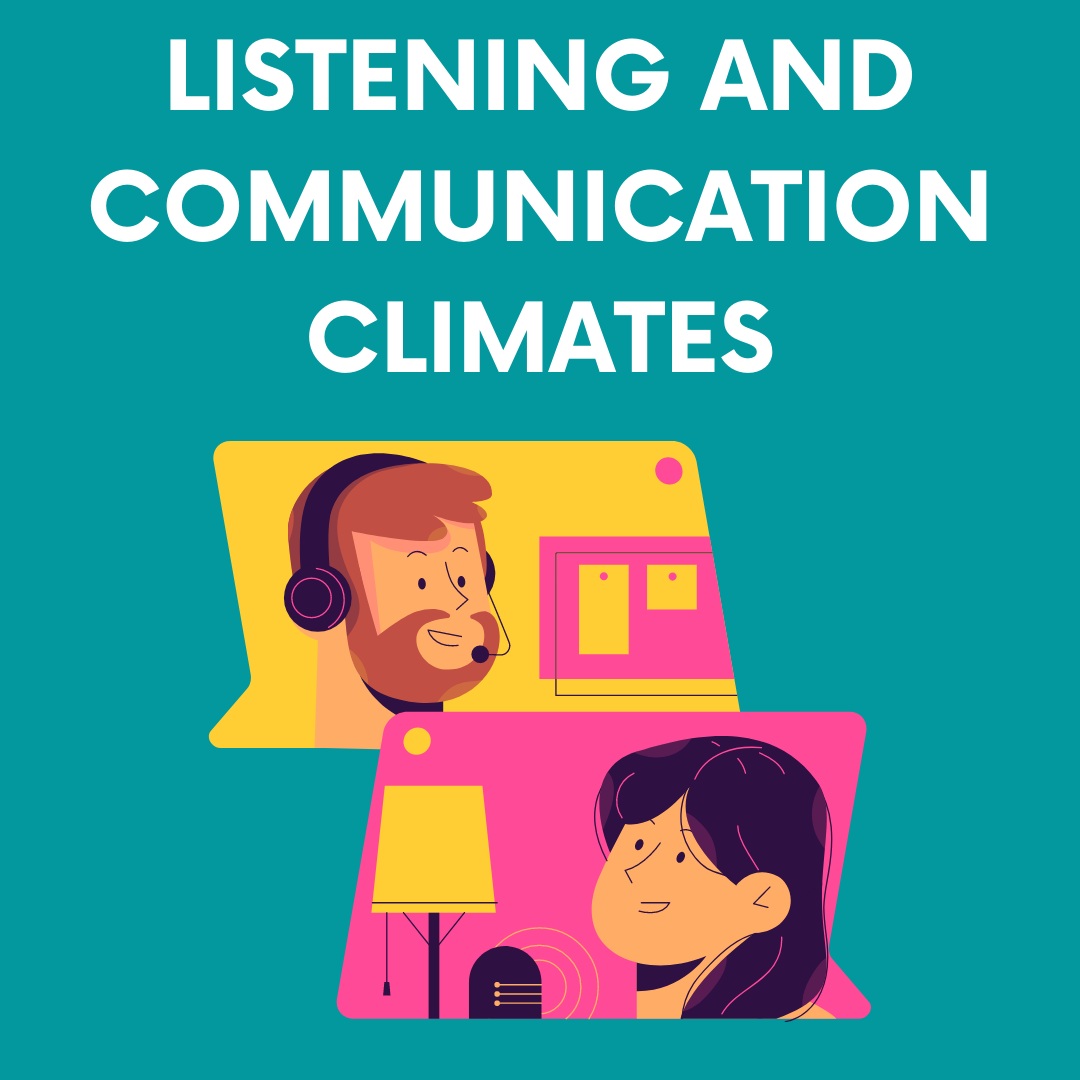
In this module, we will cover Chapters 5 and 6 to discuss Listening and Communication Climates. This module helps us to understand the listening habits of ourselves and others in order to become better communicators. Additionally, we will introduce you to the idea of communication climates.
Upon completion of this module, you will be able to:- SLO 1: Describe theories and concepts of communication and culture
- SLO 2: Apply vital critical thinking skills through practices of speaking, writing, and interpersonal interaction.
To achieve these objectives:
- Read the Module 4 Introduction
- Read and view the materials in the Module 4 Pressbooks book
- Read Chapters 5 and 6/
- Complete the quiz and discussion forum.
After reading this chapter, you should be able to:
- Describe the stages of the listening process.
- Discuss the four main types of listening.
- Compare and contrast the four main listening styles.
- Describe confirming and disconfirming climates.
- Discuss the types of conflict.
- Describe the strategies for managing conflict.
Module Pressbooks Resources and Activities
You will find the following resources and activities in this module at the Pressbooks website. Click on the links below to access or complete each item.
-
Chapter 6: Listening
-
Chapter 7: Communication Climates
-
Écrire des réponses : 1 Écrire des messages de forum : 1
-
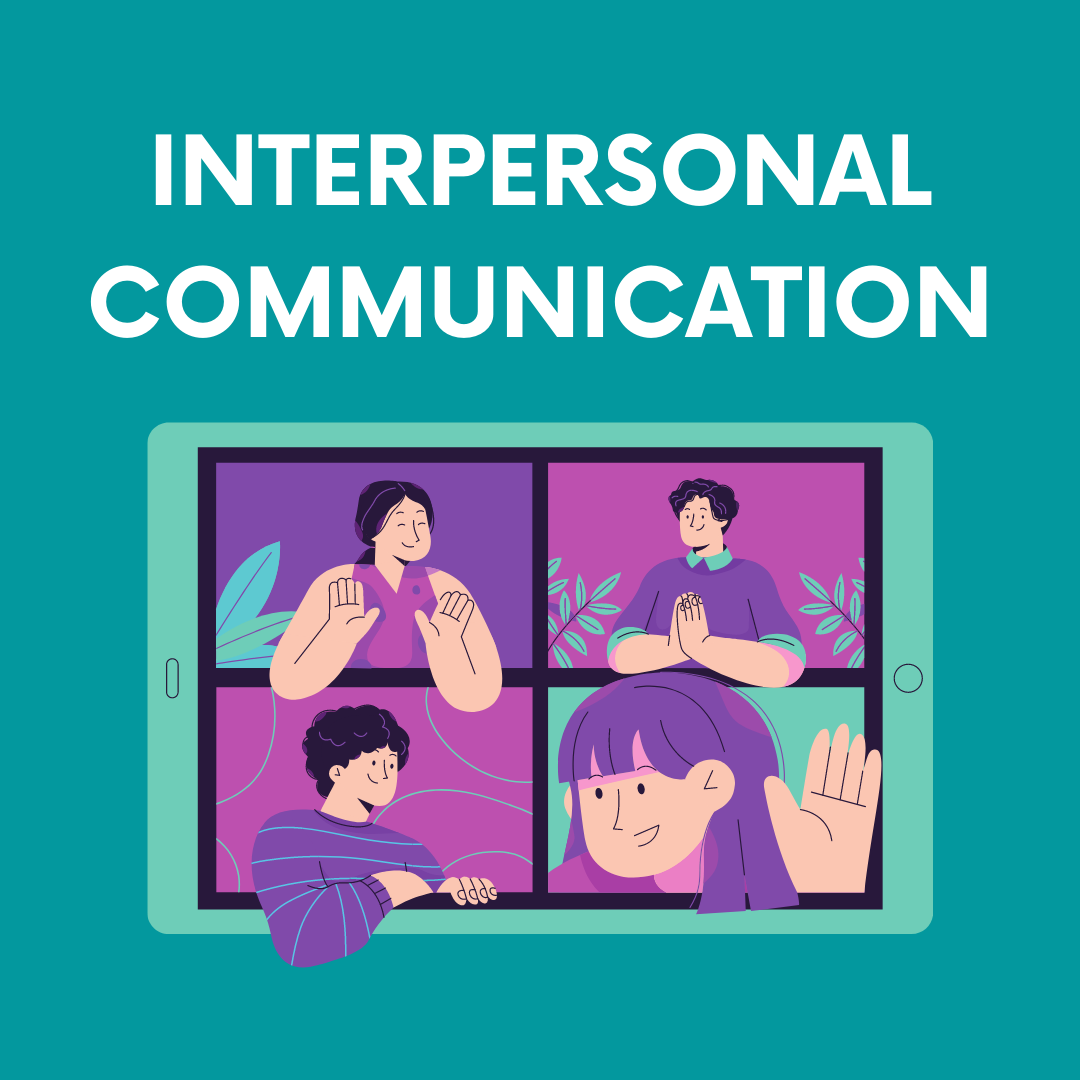
In this module, we will cover Chapter 9: Interpersonal Communication. This module will focus on how we communicate with the relationships that we cannot or do not want to lose. Topics such as self-disclosure, friendship, and interaction with the family will be the forefront as we move through this material.
Upon completion of this module, you will be able to:- SLO 1: Describe theories and concepts of communication and culture
- SLO 2: Apply vital critical thinking skills through practices of speaking, writing, and interpersonal interaction.
- SLO 3: Practice strategies for overcoming common barriers to communication.
To achieve these objectives:
- Read the Module 5 Introduction
- Read and view the materials in the Module 5 Pressbooks book
- Read Chapter 9 in Proccess of Communication.
- Complete the quiz and discussion forum.
After reading this chapter you should be able to:
- Define interpersonal communication
- Explain self-disclosure
- Understand the role of communication climate on interpersonal communication
- Be aware of the role of dialectical tensions in interpersonal communication
- Understand the unique dynamics of friendship
- Understand the unique dynamics of romantic relationships
- Understand the unique dynamics of family
- Understand the various ways of interpreting and responding to conflict in interpersonal communication
Module Pressbooks Resources and Activities
You will find the following resources and activities in this module at the Pressbooks website. Click on the links below to access or complete each item.
-
Chapter 8: Interpersonal Communication
-
Écrire des réponses : 1 Écrire des messages de forum : 1
- SLO 1: Describe theories and concepts of communication and culture
-
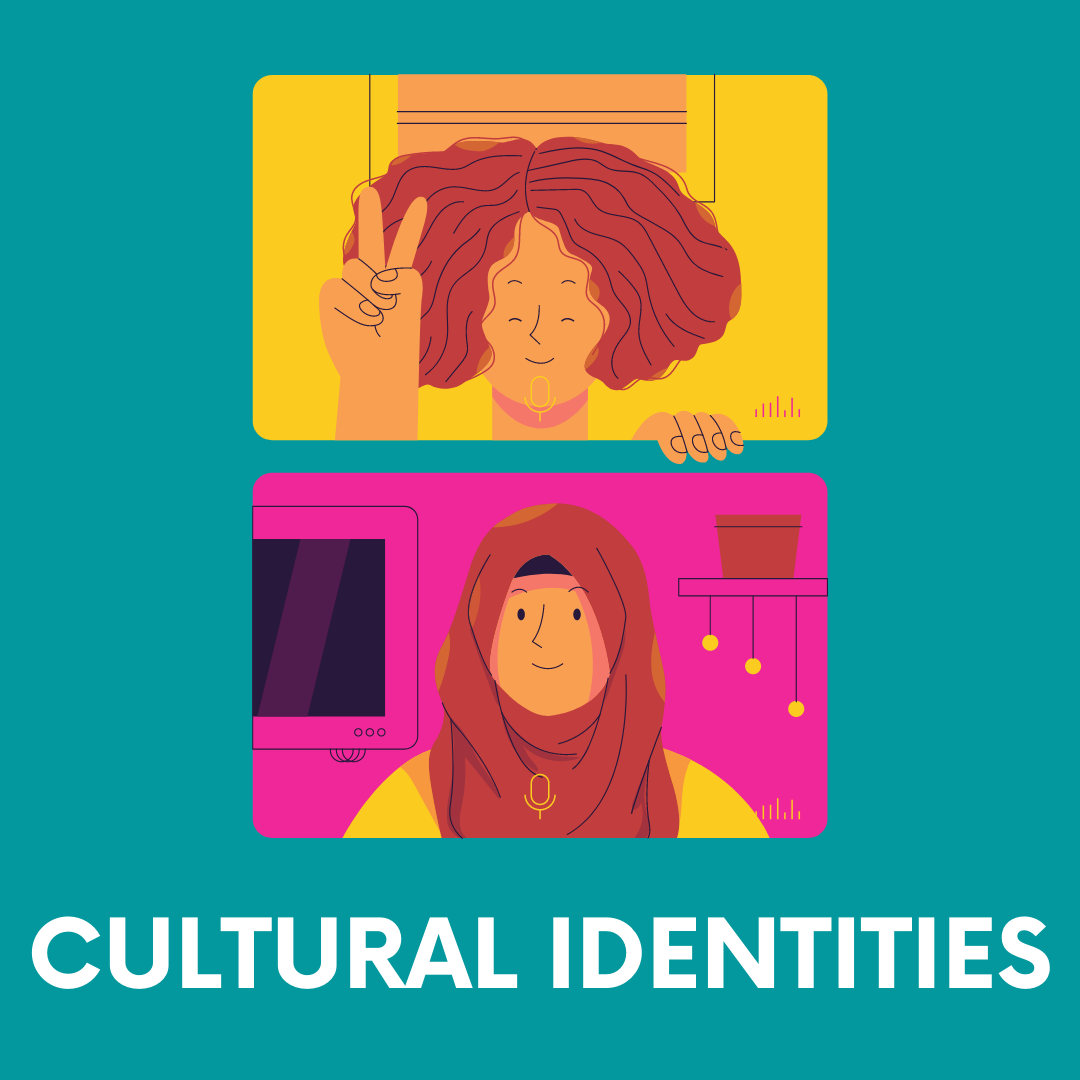
In this module, we will cover Chapter 9: Cultural Identities. This module serves as an introduction to cultural identities and communication. You will learn about culture as it relates to personal, social, and cultural identities and why difference matters in the study of culture and identity. Learning how to communicate effectively across difference is an important skill to have when interacting with others both personally and professionally.
Upon completion of this module, you will be able to:Define culture. (SLO # 1)
Define personal, social, and cultural identities. (SLO # 1)
Summarize nondominant and dominant identity development. (SLO # 1)
Explain why difference matters in the study of culture and identity.(SLO # 2)
Define the social constructionist view of culture and identity. (SLO # 1)
Trace the historical development and construction of the four cultural identities discussed. (SLO #1)
Discuss how each of the four cultural identities discussed affects and/or relates to communication. (SLO #4)
To achieve these objectives:
- Read the Module 6 Introduction
- Read and view the materials in the Module 6 Pressbooks book
- Watch the "Guest Speaker" video
- Complete the Module 6 Discussion and Assignment
Module Pressbooks Resources and Activities
You will find the following resources and activities in this module at the Pressbooks website. Click on the links below to access or complete each item.
-
Chapter 9: Culture and Identity
-
Écrire des réponses : 1 Écrire des messages de forum : 1
-

In this module, we will cover Chapter 10: Intercultural Communication. This module serves as an introduction to intercultural communication and intercultural communication competence. You will be introduced to concepts like intercultural communication dialectics and “thinking under the influence”.. Learning how to apply these concepts is important in developing and maintaining healthy interpersonal and professional relationships with diverse groups.
Upon completion of this module, you will be able to:
Define intercultural communication. (SLO #1)
List and summarize the six dialectics of intercultural communication. (SLO #1)
Discuss how intercultural communication affects interpersonal relationships.(SLO #2)
Define intercultural communication competence. (SLO #1)
Explain how motivation, self-and other-knowledge, and tolerance for uncertainty relate to intercultural communication competence. (SLO #3)
Summarize the three ways to cultivate intercultural communication competence that are discussed. (SLO #3)
Apply the concept of “thinking under the influence” as a reflective skill for building intercultural communication competence. (SLO #4)
To achieve these objectives:
- Read the Module 7 Introduction
- Read and view the materials in the Module 7 Pressbooks book
- Complete the Module 7 Discussion and Assignment.
Module Pressbooks Resources and Activities
You will find the following resources and activities in this module at the Pressbooks website. Click on the links below to access or complete each item.
-
Chapter 10: Intercultural Communication
-
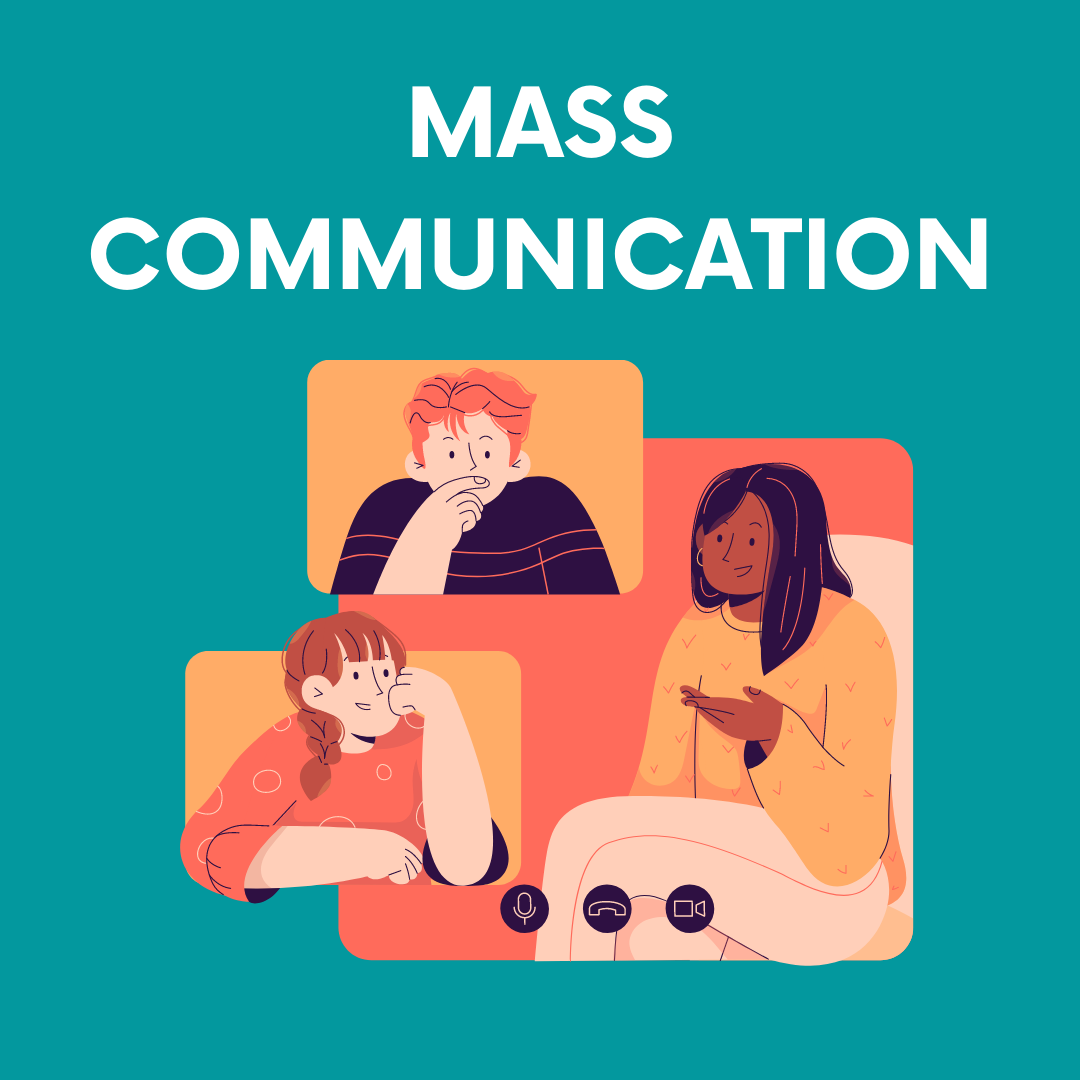
This module explores the concept of mass communication, its evolution, its functions, its theories, and its place in society.
Upon completion of this module, you will be able to:
- SLO1: Describe theories and concepts of communication and culture.
- SLO4: Engage in communication for justice, equity, diversity, and inclusion.
To achieve these objectives:
- Read the Module 8 Introduction
- Read and view the materials in the Module 8 Pressbooks book
- Read Chapter 11: Mass Communication in Process of Communication
- Complete the assignment and discussion forum
Module Pressbooks Resources and Activities
You will find the following resources and activities in this module at the Pressbooks website. Click on the links below to access or complete each item.
-
Chapter to be added to the book at a later date.
-

In this module you will submit your final project for this course. Read the instructions carefully and take note of any special submission guidelines.
Upon completion of this module, you will have:
- Read and viewed the final project instructions
- Prepared and submitted your final project